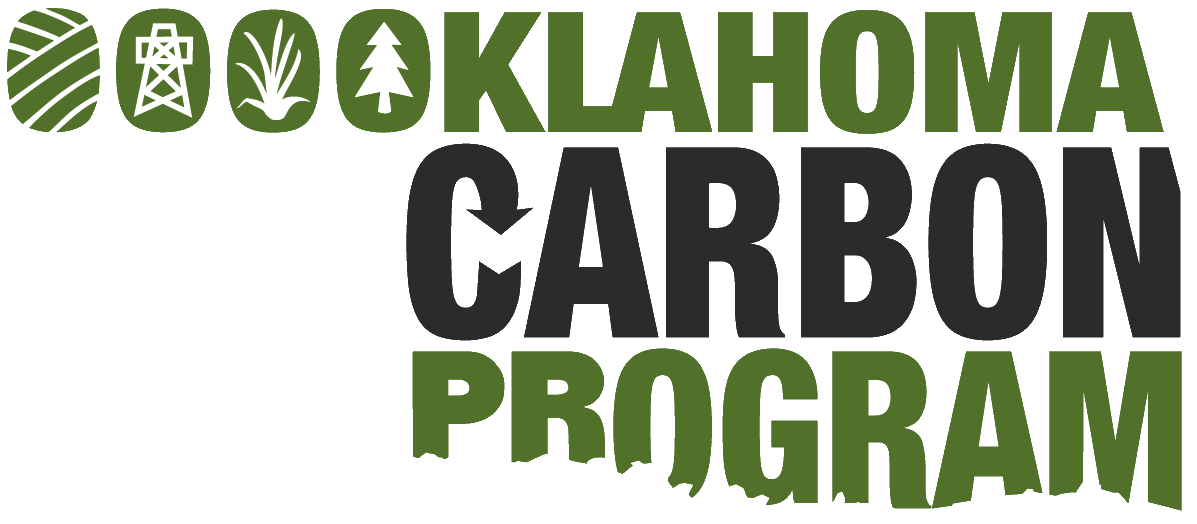
Agricultural News
Carbon Sequestration, Carbon Verification and the Oklahoma Carbon Program.
Mon, 29 Jun 2020 10:42:30 CDT
 In the Latest Southern Plains Perspective blog they talk about Things that are old are new again Carbon sequestration, carbon verification and the Oklahoma Carbon Program.
In the Latest Southern Plains Perspective blog they talk about Things that are old are new again Carbon sequestration, carbon verification and the Oklahoma Carbon Program.
History has a way of repeating itself and old ideas have a way of coming back into vogue. I was reminded of that earlier this month when I saw a news article about the proposed Growing Climate Solutions Act that was recently introduced in the U.S. Senate.
This act directs USDA to create a program that would help the agriculture sector gain access to revenue from greenhouse gas offset credit markets by establishing USDA-certified protocols for farmers, ranch and forest owners seeking to develop projects that can generate offset credits under existing programs.
When I read this all I could think of was the old Yogi Berra line about it being "déjà vu all over again," because for nearly 20 years now, the State of Oklahoma has had a program on the books to do at the state level what this bill would direct to be done at the Federal level.
Passed in 2003, the Oklahoma Carbon Sequestration Act (27A O.S. § 3-4-101 thru 3-4-105) directs the Oklahoma Conservation Commission to establish and administer the Oklahoma carbon sequestration certification program. According to this state law, the purposes of the program is to provide a mechanism for creating and preserving carbon reserves in Oklahoma by encouraging voluntary practices that protect or improve natural resources, to enable Oklahomans to participate in market-based programs for natural resource protection, to provide a mechanism for Oklahomans to benefit from the ecosystem services they provide, to verify carbon sequestration or storage associated with carbon sequestration practices, and to issue carbon sequestration certificates associated with carbon sequestration practices that the Commission determines qualify for such certificates.
In a nutshell this law created at the Oklahoma Conservation Commission a program that can give carbon credits the Oklahoma 'state stamp of approval' by verifying them under the Oklahoma Carbon Sequestration Verification Program. The program set dormant for several years, but in 2009, the Oklahoma Conservation Commission finally promulgated rules to flesh out how this program would work. Basically, the commission created a program in which local conservation district employees were trained to verify certain land treatment practices (primarily conversion of crop land to no-till production and grass plantings) using NRCS practice standards and with technical assistance and training from state NRCS staff and the sequestration rates that were used by the Chicago Climate Exchange. Over time this program developed into a system in which farmers and ranchers were able to receive payments for carbon credits generated by conservation practices on their land, with a one-time total enrollment of over 50 thousand acres spread throughout the entire state and with many of the credits being purchased by Western Farmers Electric Cooperative, the largest rural electric generation coop in Oklahoma.
The program was obviously designed to help address greenhouse gas levels through agriculture practices, but it had numerous other environmental benefits as well. In addition to the carbon sequestration and emissions reductions generated by the conservation practices verified under this program, these practices also had a significant impact on water quality. Many of the acres initially verified under this program were located in the watershed of the North Canadian River, one of Oklahoma City's primary drinking water sources. The practices that were implemented on these acres to generate carbon credits (no-till, grass planting and riparian restoration) were also some of the practices being promoted by the water quality division of the Oklahoma Conservation Commission, the USDA NRCS and the EPA to help address water quality concerns in the river.
Over time these practices had the collective result of helping de-list the whole 760 mile stretch of the North Canadian River from Canton Lake in Northwest Oklahoma to Lake Overholser in Central Oklahoma from the EPA list of impaired streams (the 303d list) for E. coli. bacteria. While helping do this, these practices also reduced (and are still reducing) an estimated 23,312 tons of carbon dioxide equivalent annually (according to the NRCS COMET PLANNER tool). In total this estimated greenhouse gas reduction translates into the equivalent of taking 4,960 cars off the road every year1. Not a bad legacy for the program.
The bottom line is that this program worked like gang busters. It gave a way for farmers and ranchers to earn a little extra money for good conservation work and it did it in a way that worked in partnership with ongoing natural resource initiatives being pursued by NRCS and the state of Oklahoma.
Since around 2014 the Oklahoma Carbon Sequestration program has been in mothballs, but it is still on the books. If anyone in Washington D.C. is interested, you don't have to re-invent the wheel. You have a great model that you could look to in Oklahoma and it's already shown that when it comes to reducing green house gas levels, conservation works.
(source Southern Plains Perspective)
WebReadyTM Powered by WireReady® NSI
Top Agricultural News
More Headlines...





